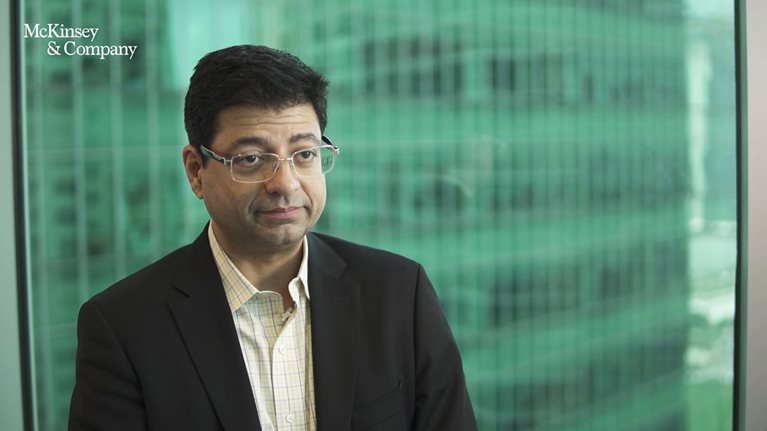What are the top three most disruptive, powerful forces shaping Southeast Asia 10 years from now?
Most of the private sector in Southeast Asia is actually owned by families. We don’t have the classic Western publicly-listed companies here. These are all companies owned, run, founded by families, by patriarchs.
But increasingly, many of these companies are going through a change from the second generation, mostly, to a third generation. And this third generation has been educated in the US or in Western Europe.
These are often folks in their thirties now coming back to Indonesia or Malaysia or Thailand or whatever, bringing with them what they’ve learned in the West in terms of management practices, in terms of their expectations, in terms of the standard of quality they set on technology, on sustainability, on environmental responsibility.
So, they come at it thinking very differently. This means that over the next few years, over the next decade, business practices will change. The way these companies think will change. This will create a set of opportunities that have never been seen before.
Would you like to learn more about the Future of Asia?
How should CEOs be responding to these forces as they think about their business strategies for the next decade?
If I were a CEO today in Asia, or in Southeast Asia in particular, I would be very excited about the opportunity to leapfrog. Historically, companies in Asia followed companies in the West, with the same development curve.
Now, what’s happened with digital technologies is consumers in our part of the world have started adopting technology much more rapidly than consumers in many other parts of the world. As a result, we find that our companies don’t need to follow the same development curve that companies in the West follow. They can actually jump right ahead. They can leapfrog in terms of consumer experience, in terms of backend processes, in terms of productivity.
This creates enormous opportunity for CEOs. They need to upscale. They need to build capability at scale. They need to build an ability to take risks that maybe their parents or the earlier generation were not willing to take. But the same opportunities also come with some challenges. So if you are left behind, you are really left behind. In today’s economy, the winner takes all. There is often one company left behind that is a champion, and everybody else falls apart.


